Introduction
Purchasing a new home is an exciting endeavor, but it’s essential to pay close attention to the condition of its roof, especially when dealing with an older property. A worn or damaged roof can lead to costly repairs and inefficiencies down the line.
In this comprehensive guide, we’ll explore what you need to look for when considering buying a house with an older roof and how best to navigate any potential issues.
Signs Of An Aging Roof
Look for curling or missing shingles, stains or leaks on interior walls or ceilings, sagging or dipping in the roof, and granule loss on shingles as signs of an aging roof when buying a house.
Curling Or Missing Shingles
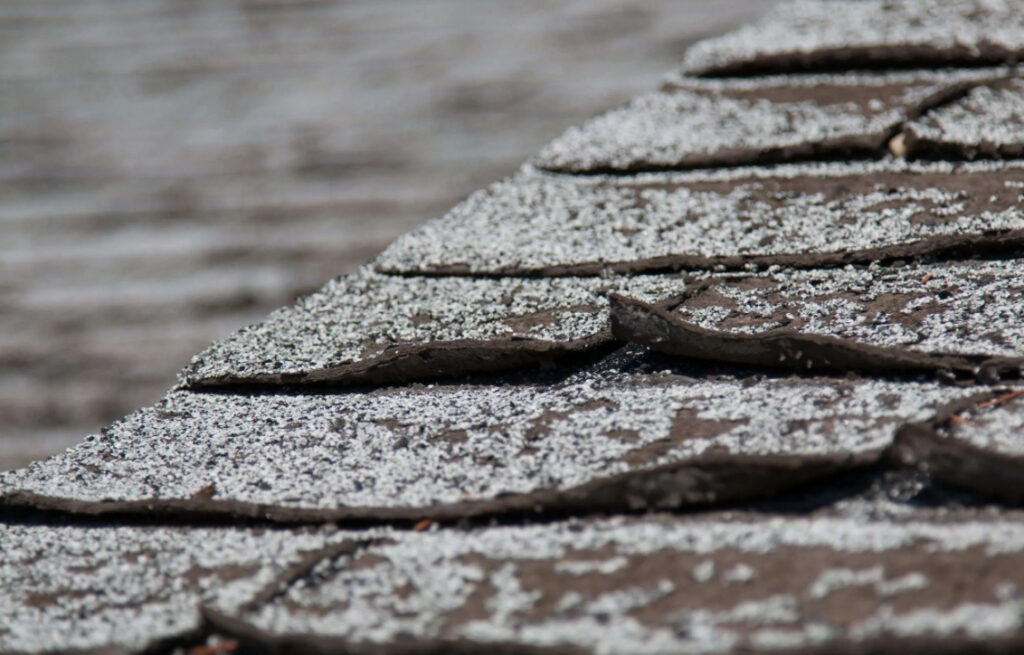
Curling or missing shingles indicate an aging roof that may require repair or replacement. This common issue often results from prolonged exposure to harsh weather conditions, natural wear and tear, and inadequate ventilation.
Missing shingles pose another significant risk, exposing the underlying roofing materials to external elements such as rain, snow, hailstorms, and high winds.
Consequently, water could seep through these gaps into your attic or interior walls causing costly damage such as mold growth and stains on ceilings. Moreover, energy efficiency may decrease because of the increased thermal load on your home’s heating and cooling systems due to inadequate insulation from damaged roofing materials.
Stains Or Leaks On Interior Walls Or Ceilings
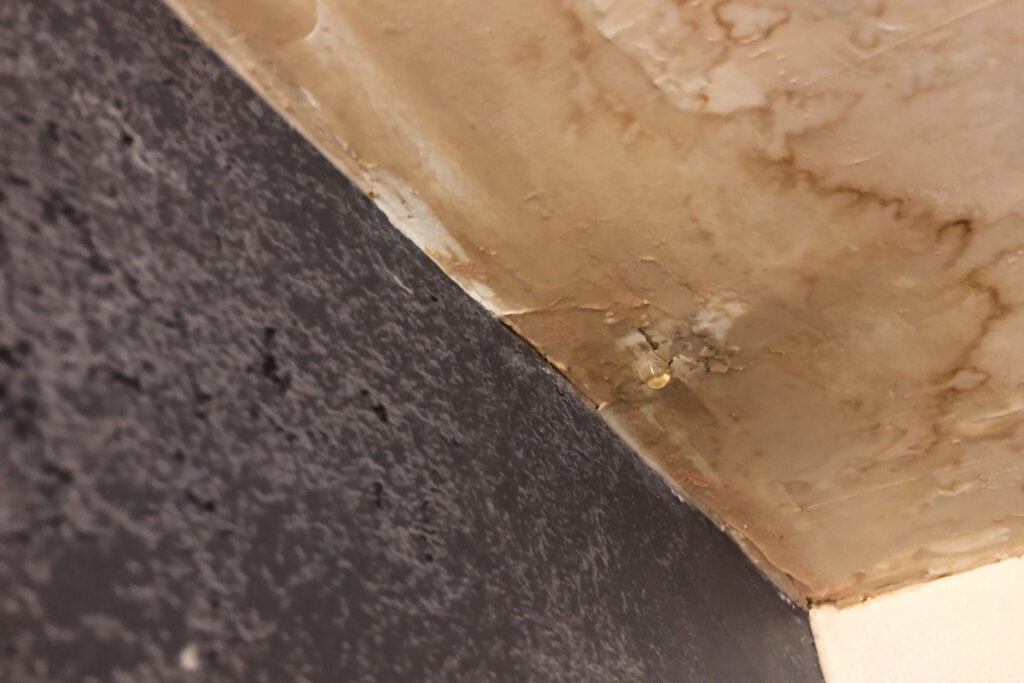
One of the major signs of an aging roof is the presence of stains or leaks on interior walls or ceilings. Often caused by water infiltration, these unsightly marks are aesthetically displeasing and can lead to more severe damage if left unchecked.
For example, continuous exposure to moisture can cause dampness in insulation materials, ultimately reducing their effectiveness and increasing energy costs for homeowners.
Furthermore, when mold and mildew start showing up on the ceiling or walls – as mentioned in our important facts – moisture has likely been entering the home because of a compromised roofing system.
Identifying and addressing signs like wall stains during an inspection can help buyers avoid costly repairs after purchasing a home with an older roof.
Sagging Or Dipping In The Roof
One of the critical signs of an aging roof is sagging or dipping. This issue may indicate potential problems with the roof’s structural integrity, such as framing issues in the attic.
If left unaddressed, a sagging roof can worsen over time, leading to more severe damage and even threatening your safety.
A thorough inspection of both the exterior and interior should be carried out to identify any warning signs related to a sagging or dipping roof. For example, examining the attic space can reveal bowed roofs or compromised framing material that might not be visible outside.
Furthermore, it is important to closely observe the curved areas on the roof, as they may indicate inadequate structural strength. In such cases, requesting a replacement should be included in your negotiations. Other warning signs include deteriorating shingles, water-damaged ceilings, and mold growth.
Granule Loss On Shingles
One of the most significant signs of an aging roof is granule loss on shingles. These small, sand-like particles protect the asphalt layer of the shingle from UV rays and other weather elements, so when they begin to wear away, it’s a clear indication that your roof is deteriorating.
Granule loss can also be caused by foot traffic damage, fallen debris, clogged gutters, storm damage, or improper installation. If you notice granules in your gutters or spouts, it means your roof has lost some of its protection and needs maintenance at the minimum or replacement if it’s severe.
The Importance Of Roof Condition In A Home Purchase
The roof’s condition is critical when purchasing a home, as it affects energy efficiency and protects against water damage and possible collapse.
Risks Of Buying A House With An Older Roof
Purchasing a home with an older roof can present significant risks impacting the homeowner’s finances and safety. An aged roof may not adequately protect against harsh weather conditions, including rain, wind, or snow.
Moreover, it can lead to energy inefficiency and higher utility bills due to thermal loss through leaks and cracks. Water damage from aging roofs could also result in mold growth and health problems for residents.
Decreased Energy Efficiency
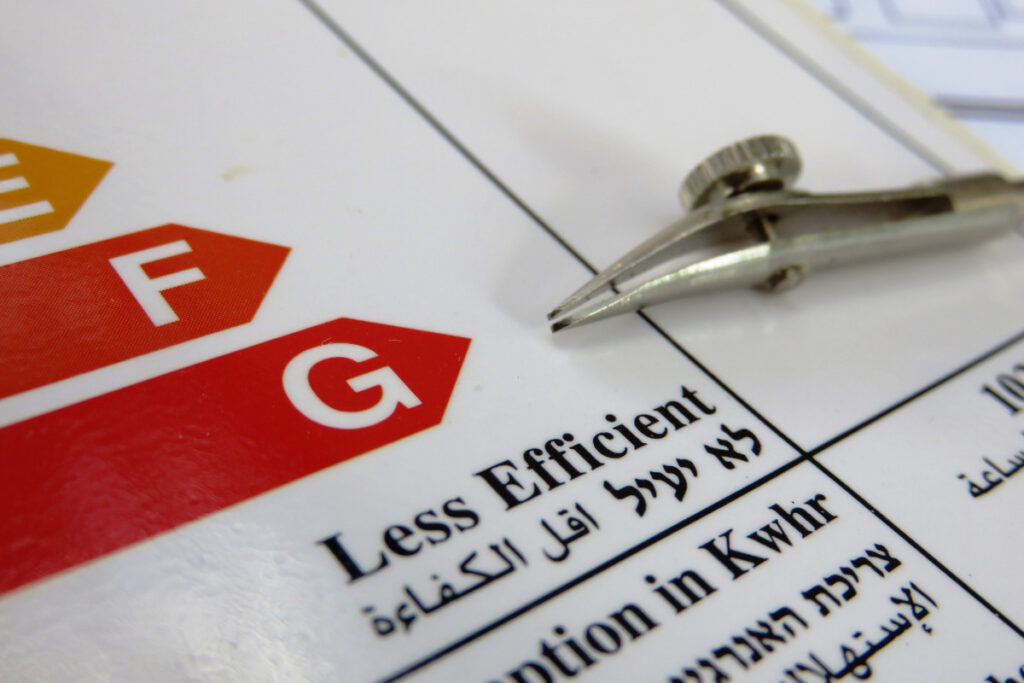
The roof plays a significant role in a home’s energy efficiency; an older roof can lead to decreased energy efficiency. As the shingles age, they lose their ability to reflect heat from the sun, causing the house to absorb more heat and increasing cooling costs.
Additionally, damage or wear on the roofing system can cause air leakage, increasing heating bills during colder months. It is important for buyers looking at homes with older roofs to consider potential energy savings as part of their decision-making process.
Water Damage
Water damage is one of the primary concerns when buying a house with an older roof. A leaky or damaged roof can allow water to infiltrate your home, leading to costly repairs and health risks from mold growth.
Signs of water damage include stains on interior walls or ceilings, warped wood, and musty odors.
Homeowner’s insurance carriers also prioritize roofs that can protect a home from strong winds, hail, and water damage.
Roof Collapse
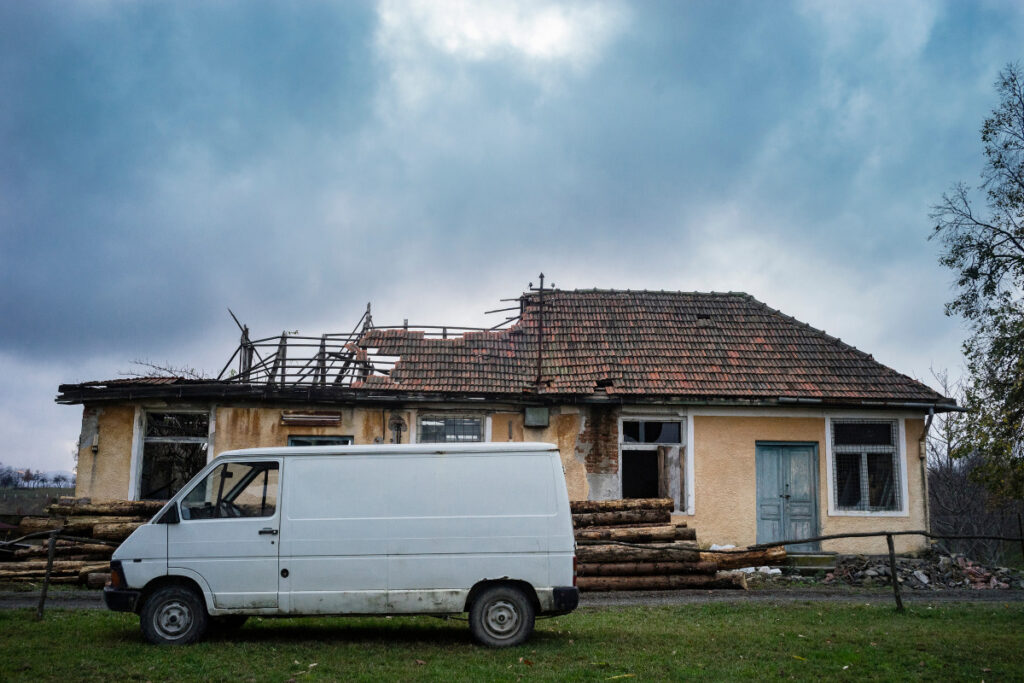
A roof’s structural integrity is crucial to a home’s safety and value. When buying a house with an older roof, it’s important to be aware of potential risks like roof collapse.
In extreme cases, a deteriorating or sagging roof can lead to costly damages, injuries, and even fatalities. Homeowners should pay attention to signs like cracked rafters, bowed ceilings or walls, and excessive wear on shingles.
Factors To Consider When Buying A House With An Older Roof
Consider the roof age, frequency of repairs and maintenance, roof material, climate and weather patterns in the area, and cost of replacement when buying a house with an older roof.
Roof Age
The roof’s age is one of the most important factors to consider when purchasing a home with an older roof. Older roofs that have exceeded their expected lifespan may require replacement, which can be costly.
Roofs made from asphalt shingles last around 20 to 30 years, while metal roofing lasts over 50 years. However, these estimates are based on proper installation and regular maintenance.
Frequency Of Repairs And Maintenance
One important consideration when buying a house with an older roof is the frequency of repairs and maintenance. The roof’s age can determine how often it needs to be inspected, maintained, or repaired.
For example, asphalt shingle roofs typically require inspections every three years, while metal roofs can last up to 50 years with proper maintenance. Regular inspections help detect issues before they become major problems that cost thousands of dollars.
Roof Material

The material of the old roof is a crucial factor to consider when buying a house with an older roof. Wooden roofs, for example, may require more frequent repairs or replacement due to their susceptibility to rot and termite damage.
Conversely, metal and tile roofs are the best roofing materials that offer maximum protection and durability, making them a worthwhile investment. Asphalt roofs fall between wooden and metal/tile options regarding durability and cost-effectiveness.
Ultimately, choosing the right roofing material depends on your budget, climate/weather patterns in your area, and how long you plan to stay in the home.
Climate And Weather Patterns In The Area
Home buyers looking to purchase a house with an older roof should consider the area’s climate and weather patterns before deciding. With increased global temperatures, severe weather events such as hurricanes, tornadoes, and floods are becoming more common in many regions across the globe.
Therefore, evaluating how these climatic factors can affect the roof’s durability over time is essential.
Another important factor for home buyers to consider is the historical weather patterns in the region. A professional inspection can help identify if there have been any significant storms or weather events that could contribute to any potential damage to the roof.
Additionally, they should consider if building codes have changed over time and if any updates need to happen for compliance purposes.
Cost Of Replacement
The cost of replacing an old roof must be at the forefront of any home buyer’s mind, given that it can exceed $11,000. The average cost is between $5,000 and $11,000 based on several factors, such as the roof’s size, materials used in construction, labor costs, and geographic location.
Before making a purchasing decision or entering into negotiations with the seller, homeowners should budget for these possible expenses. It is essential to note that purchasing a property with an older roof may result in costly repairs beyond its original price tag.
Negotiating With The Seller
When buying a house with an older roof, it’s important to obtain a professional inspection and estimate the cost of repairs or replacement so that you can negotiate a lower price or repair credit with the seller or even request them to replace the roof entirely.
Obtaining A Professional Inspection
When purchasing a house with an older roof, it is vital to obtain a professional inspection to assess its condition. Here are some important factors to consider in this regard:
- Hire a certified and experienced roofing contractor or inspector who can identify any existing damage or potential risks.
- Request a detailed report of inspection findings, including photographs, measurements, and estimated costs.
- Discuss the inspection results with your agent to make an informed decision about negotiating with the seller.
- Sellers may not agree to negotiate and require you to pay for repairs after closing.
- If you decide to proceed with the purchase despite the roof condition, budget for future maintenance or replacements as needed.
Estimating The Cost Of Repairs Or Replacement
Before purchasing a home with an older roof, estimating the cost of repairs or replacement is important. A professional inspection can provide valuable information on the roof’s condition and potential repair costs.
Buyers may also want multiple quotes from roofing contractors for comparison shopping. They should consider factors such as the type of materials needed, labor costs, and any necessary permits or licenses required for installation.
In addition, buyers should research financing options for roof repairs or replacement if needed. Some options include personal loans, home equity loans, or government-backed programs for energy-efficient upgrades.
Negotiating A Lower Price Or Repair Credit
One of the most crucial steps when buying a house with an older roof is negotiating for a lower price or repair credit. By obtaining a professional inspection report, buyers can gather evidence of the roof’s condition and potential issues to present in their negotiation.
This could include granule loss, curling or missing shingles, stains or leaks on interior walls or ceilings, and sagging or dipping in the roof. Buyers have various options, such as asking the seller to pay for repairs, reducing the purchase price, provide other concessions based on inspection findings, according to their preference.
Negotiating for a lowered price could help defray some costs associated with major repairs while bringing down closing costs at closing.
Additionally, buyers should obtain financing options and comparison shop roofing contractors before finalizing plans for any replacements or repairs they plan to make. The cost of replacing an aging roof can be substantial; therefore, budgeting beforehand will be helpful alongside insurance policy options such as home warranty schemes that may cover repair reimbursement after purchase.
Requesting The Seller To Replace The Roof
If a home inspection report reveals that the roof of your potential new home is in poor condition, it may be possible to negotiate a roof replacement with the seller. The first step is to obtain a comprehensive evaluation by an experienced roofing contractor who can provide an accurate estimate of the cost of repair or replacement.
Armed with this information, you can approach the seller and request that they pay for all or part of the repair costs as a condition of the sale. Alternatively, negotiate a lower purchase price or ask for repair credit to fix the roof after buying the house.
Financing Options For Roof Repair Or Replacement
As a homeowner, you have various financing options to repair or replace an old roof. However, finding the right option requires research and comparison shopping.
Budgeting For The Cost Of Roof Replacement
Replacing an aging roof can be a significant financial investment for homeowners. Budgeting for the cost of roof replacement starts with obtaining an estimate from a reputable roofing contractor, which includes the cost of materials, labor, and any additional fees that may arise during installation.
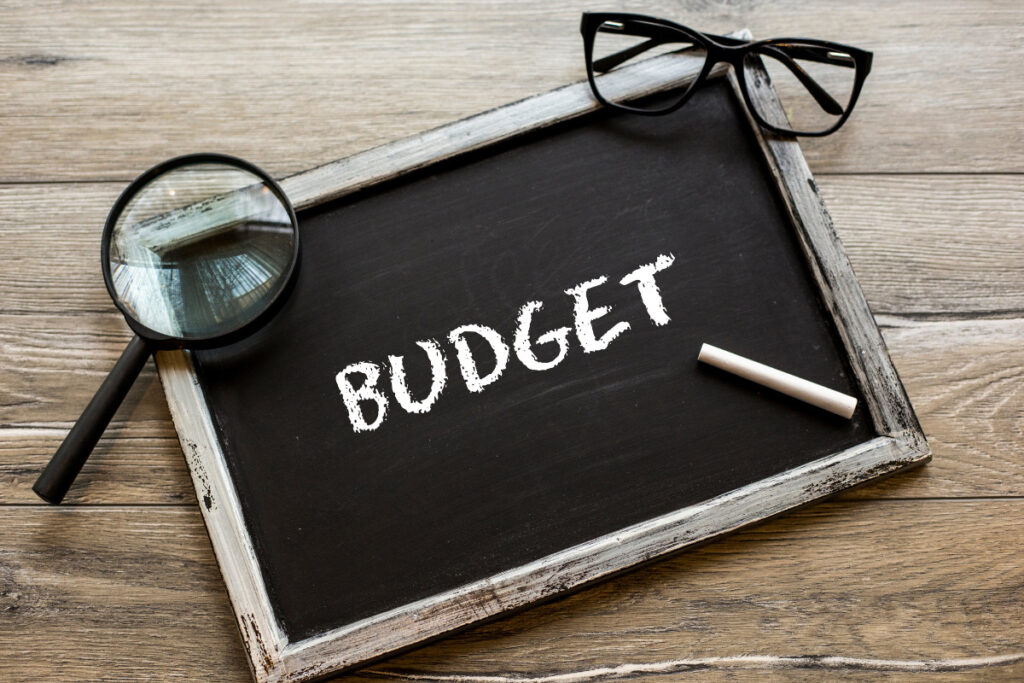
Homeowners can save money on their new roof by choosing affordable yet durable materials such as asphalt shingles or metal roofing. Personal or home equity loans are popular financing options available to cover the costs of a new roof.
Obtaining Financing Options
Financing options are available if you need to repair or replace an aging roof but cannot afford it outright. Here are some ways to obtain financing options for a new roof installation or replacement:
- Research home improvement loans and roofing services that offer financing options.
- Check your credit score and history to see what loan options you may qualify for.
- Obtain a professional roof inspection to accurately estimate the cost of repairs or replacement.
- Consider in-house financing or payment plans offered by some roofing companies.
- Shop around and compare loan options to find the most affordable financing.
- Look into home equity or personal loans if traditional mortgage financing is not an option.
Financing can make obtaining a new roof more affordable and feasible, so explore all your options before deciding.
Comparison Shopping For Roofing Contractors
Comparison shopping for roofing contractors is crucial, as it helps to find a reputable company with experience, quality workmanship, and competitive pricing that meets your needs. Consider the following table highlighting essential factors to compare when choosing a roofing contractor.
- Experience
- Find contractors with a proven track record of successfully completing roofing projects similar to yours. Years of experience typically indicate better knowledge, skills, and customer satisfaction.
- Licensing and Insurance
- Ensure the contractor is licensed and insured to protect you from liability in case of accidents or damage. Check state requirements and ask for proof of insurance.
- Reputation
- Check online reviews, testimonials, and references to gauge contractors’ quality of work and customer service.
- Financing Options
- Explore contractors offering competitive financing options to manage the cost of roof repair or replacement. Remember, some companies offer financing plans starting at $99 per month.
- Warranty
- Contractors should provide a warranty on their workmanship and materials to protect their investment and ensure long-term performance.
- Price
- Obtain quotes from multiple contractors to compare prices. Also, consider factors such as experience, reputation, and quality of work when choosing. Remember to estimate potential repair or replacement costs, as recommended, when buying a house with an older roof.
When comparing roofing contractors, consider factors such as experience, licensing, reputation, financing options, warranty, and price, to help you make an informed decision and ensure a successful roof repair or replacement project.
Conclusion
In conclusion, purchasing a home with an older roof requires careful consideration of its condition and potential repair or replacement costs. Signs of wear and tear, such as curling shingles, sagging areas, or granule loss, need to be assessed by a professional inspector before making an offer.
Negotiating with the seller for repairs or asking them to replace the roof can save money in the long run. However, if financing is required for replacement costs, homeowners should compare prices among roofing contractors and obtain permits that are necessary for any installation work.
A new roof enhances curb appeal and ensures homeowner safety, energy efficiency, and peace of mind against weather-related damages.
Want To Go Solar?
At DroneQuote, we understand that purchasing a new home is exciting. However, we also know that paying close attention to the roof’s condition is essential, especially when dealing with an older property. A worn or damaged roof can lead to costly repairs and inefficiencies down the line. We hope this blog can help you make the decision.
We’re the perfect partner to help you switch if you’re considering going solar. Our team of experts is committed to providing you with top-notch solar services tailored to your unique needs. We offer a range of solar solutions that can help you save money, reduce your carbon footprint, and increase your home’s value. So, if you’re ready to go solar, let us help you make the switch. Sign up today to learn more about our solar services and how we can help you get started.
